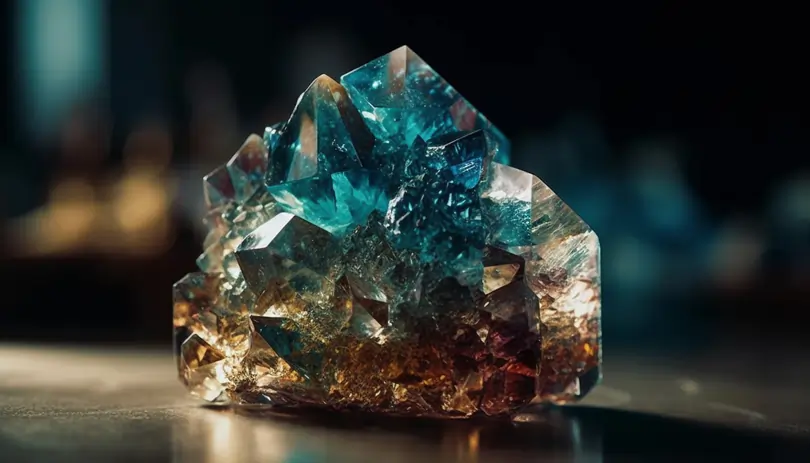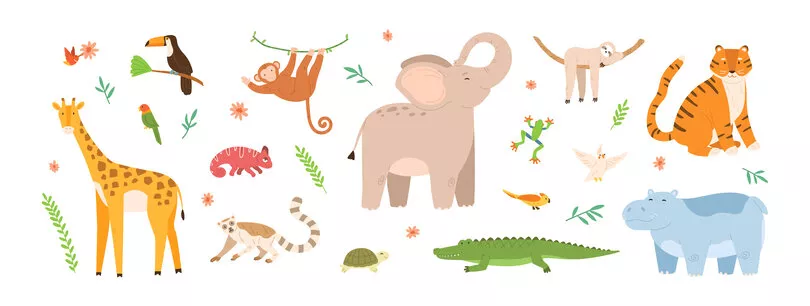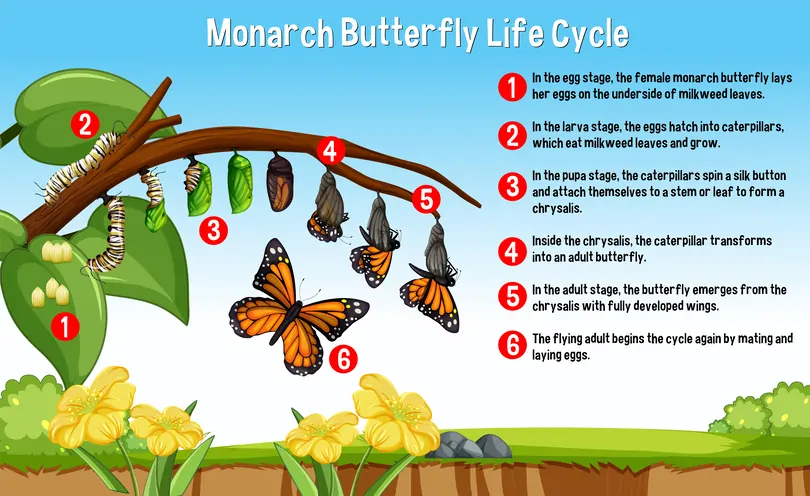Life Cycle - Flowering Plant
In this article, you will be introduced to the concept of the life cycle of flowering plants based on the Singapore Primary 4 Science syllabus. You will also learn about the changes that take place in a plant as it develops, as well as the process of germination. Here is a short recap on plants and their parts.
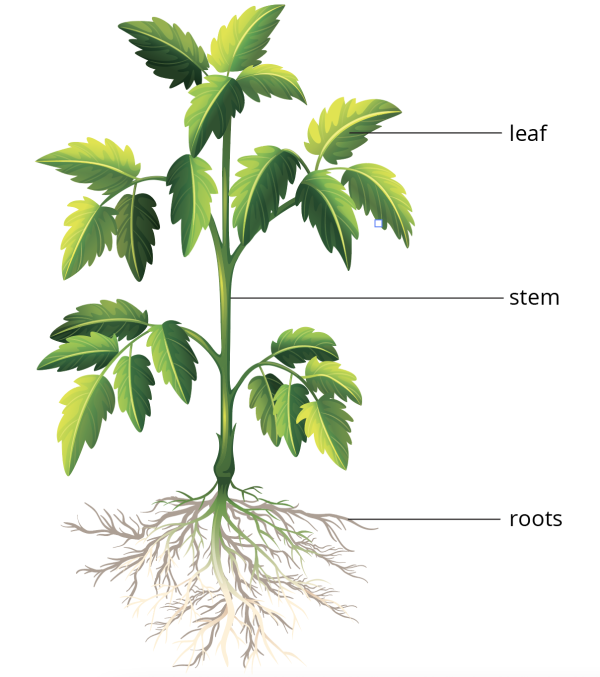
A plant has roots, stems and leaves.
The roots of a plant help to hold (anchor) the plant firmly to the ground and also absorb water and minerals from the soil.
The stem of a plant helps to connect the roots of the plant to the leaves so that it can transport water from the roots to the rest of the plant. The stem also transports food made by the leaves to all the other parts of the plant.
The leaves of a plant help to trap sunlight (light energy) for the plant during photosynthesis and also allow gaseous exchange with the surroundings.
Life Cycle Of Flowering Plants
The life cycle of a flowering plant describes how the flowering plant develops.
Flowering plants reproduce by seeds and will have a life cycle as shown in the diagram below. Once the flowering plant becomes an adult plant, it will be capable of reproduction.
An adult plant can bear flowers which may develop into fruits after pollination and fertilization (you will learn more about these two processes in Primary 5) have taken place. The fruits contain seeds which will then be dispersed. The germination of seeds takes place when the conditions are favourable.
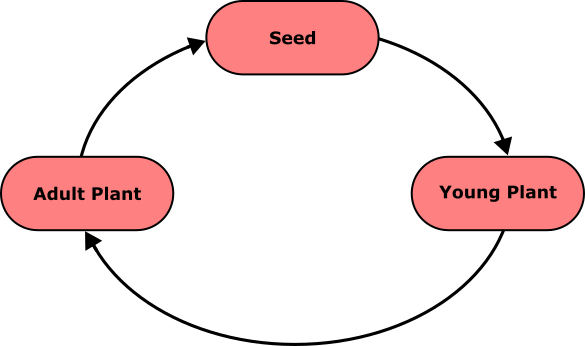
When there is sufficient water, oxygen and warmth, the seed will start to germinate. Germination occurs when the seed develops into a young plant.
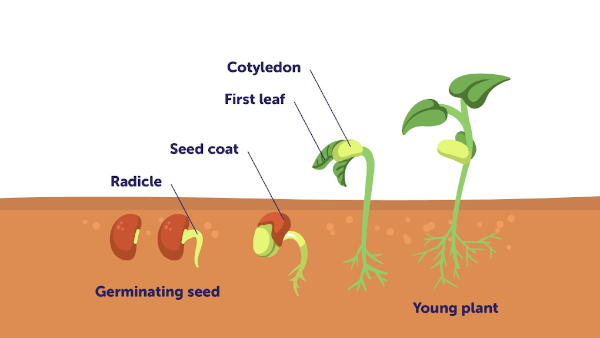
During germination, the roots grow out first to anchor the plant firmly to the ground and also to obtain water for germination. The shoot then starts to develop and is followed by the first leaves.
The young plant depends on the seed leaves for food until the first leaves are mature enough to make sufficient food for it. The seed leaves will shrivel and drop off once the food stored in them is used up.
Conclusion
In this article, we learned about the life cycle of flowering plants. We also explored the changes that take place in a plant as it develops, as well as the process of germination.
Test Your Concepts
Answer the following questions based on the concepts that we have covered in this article. If you are unclear, you may want to revisit the relevant section to revise the concepts.
Question 1:
The graph below shows the change in the mass of the seed leaves of a bean plant over a period of time.

Why did the mass of the seed leaves decrease over time?
Solution:
The seed leaves provided food for the seedling. As food stored in the seed leaves was being used up, the mass of the seed leaves decreased over time.
Explanation:
During germination, the seed depends on the seed leaves for food to develop. As the seedling develops, the seed leaves continue to provide food for the seedling until the seedling has developed leaves that are mature enough to make sufficient food for itself.
| Continue Learning | |
|---|---|
| Life Cycle - Flowering Plant | Animal Life Cycle |
| Matter | Light |
Test Yourself
What will happen if the seed leaves are removed?
1: The seedling will die.
2: The seedling will survive and grow.
3: The shoots and roots will grow faster.
4: The seedling will start making its own food.
The seed leaves are the food source for the seedling (young plant). When the seed leaves are removed, the young plant may not be able to obtain sufficient food and thus it will die.
Janice carried out an experiment to observe the stages of development of a plant from a seed to an adult plant. She recorded her observations over a period of time as shown below. However, her observations are mixed up.
1: Pink flowers bloom.
2: Shoot grows upwards.
3: Roots grow downwards.
4: First leaves start to develop.
5: Fruits start to appear on the plant.
Arrange the observations made by Janice in the correct order.
The roots develop first, followed by the shoot. The first leaves develop next, followed by the flowers which will develop into fruits.




 SG
SG  VN
VN 


